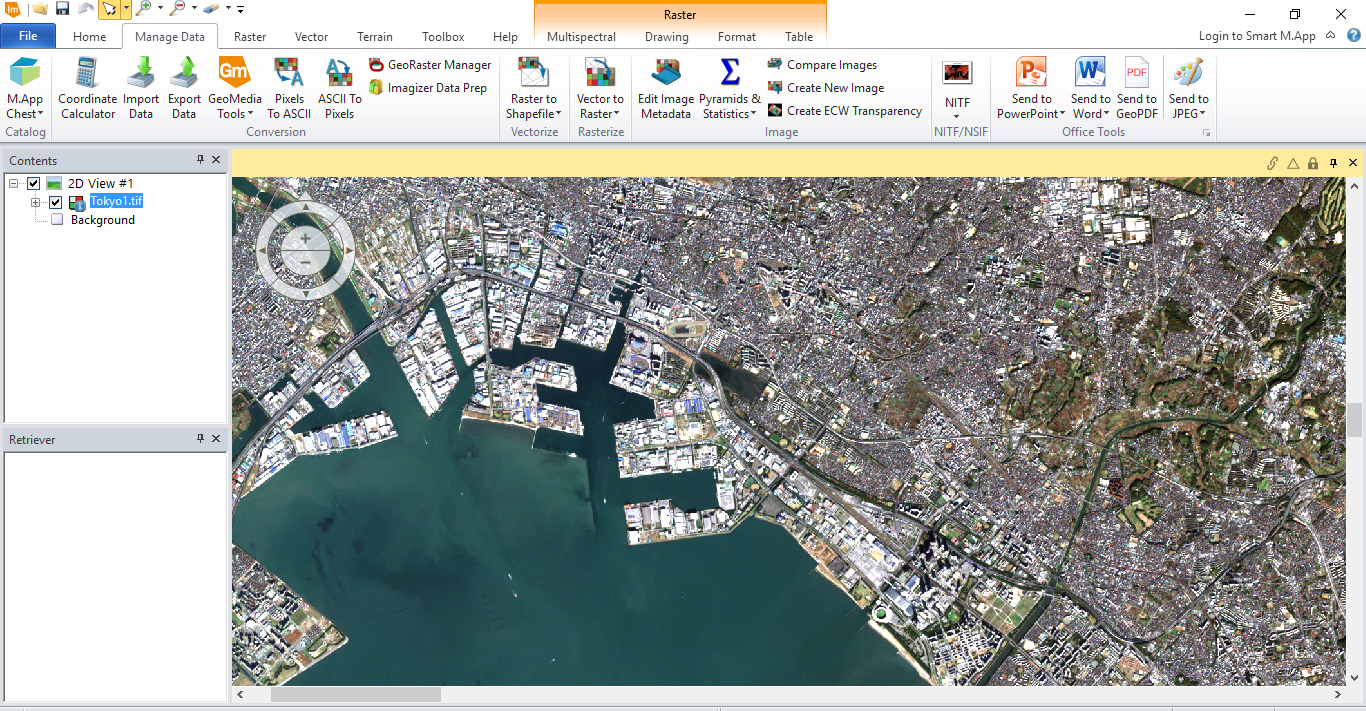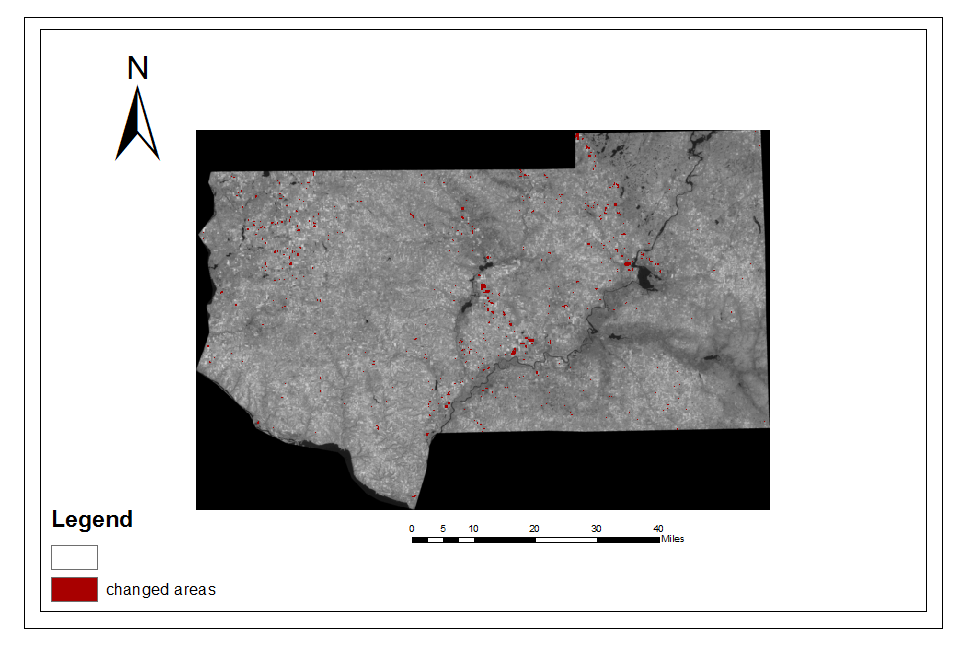

You will also use multiple SPOT images to learn the image mosaic and subset processes and to subset the image to an area of interest.
#Mosaic pro erdas imagine how to#
This lab allows you to become familiar with the process of searching for and downloading a Landsat scene, and how to stack layers from the original products. This lab serves as an introduction to downloading remotely sensed data from one, of the several, online sources and includes some common remote sensing image preprocessing functions.

Lab - Data Acquisition and Image Preprocessing.Lab 09 - Descriptive Spatial Statistics and Point Pattern Analysis Lab 07 - Siting a New School with Model Builder and Fungus weight Lab 06 - Cost Distance, Region Groups, more Model Builder & Python Lab 01 - Data survey and database building Lab - ELECTROMAGNETIC RADIATION PRINCIPLES Lab - INTRODUCTION TO UNIT CONVERSION & SCALE PROBLEMS Lab - INTRODUCTION TO IMAGE INTERPRETATION Lab - Introduction to ERDAS IMAGINE (Part II) Lab - Data Acquisition and Image Preprocessing Lab 09 - Interpolation and Fire Hazard Modeling Lab 08 - Introduction to network analyist and ArcScene Lab 07 - Overlay & site suitability analysis Lab 04 - On-Screen Digitizing & Image Restoration Lab 03 - Using GPS for Field Data Collection Lab 02 - Projections and Coordinate Systems Lab 13 - Earth Observing Missions Imagery Lab 11 - Remotely Sensed Imagery and Color Composites Lab 03 - Coordinates and Position Measurements Use the Seamless Mosaic workflow to mosaic georeferenced images into one image.Lab 02 - Introduction to Google Earth Pro This workflow lets you apply color balancing and edge feathering to create a high-quality mosaic. To create a simple mosaic with no color balancing or edge feathering, see Create Quick Mosaics. Each scene must have the same number of bands and the same data type.The Seamless Mosaic tool has some requirements and limitations to be aware of regarding input data: You can also write a script to create a seamless mosaic using the BuildMosaicRaster task. However, wavelengths can vary slightly among the scenes so that (for example) you can mosaic IKONOS and QuickBird imagery. If necessary, create a spectral subset of a scene so that the number of bands matches that of the other scenes. Complex data can be provided as input.You can also use this tool to re-arrange bands so that their order is consistent among different scenes. If a complex function exists, ENVI converts the data to a single-precision (floating-point) or double-precision data before creating a mosaic. If a complex function does not exist, ENVI uses the Power function to convert complex data for the mosaic. Some Landsat-7 scenes may have scan line artifacts around the edge of the imagery.Create and apply masks to the input scenes to exclude regions with visual anomalies or background pixels.If floating-point or double-precision images have pixel values of NaN (not a number) or Inf (infinity), those pixels are ignored when computing footprints and statistics for color correction.Ĭonsider processing the input scenes to remove unwanted artifacts before importing the scenes into the Seamless Mosaic tool. If you do not trim the bad pixels prior to using the data in Seamless Mosaic, you can get unexpected results when applying feathering and adding seamlines. The following tools remove visual artifacts from legacy instruments: Replace Bad Lines, Destripe, and MSS Deskew.Consider creating and applying a mask to exclude these pixels.


The Reproject GLT with Bowtie Correction tool removes bowtie artifacts from MODIS and NPP VIIRS imagery. Processes such as color balancing and feathering will alter the data values, which can compromise the integrity of spectral and scientific analysis.Creating a mosaic of hyperspectral images is generally not recommended because: When working with hyperspectral data, keep in mind that the Seamless Mosaic tool was designed to create an image or map presentation from three bands of data (typically red/green/blue). If you will create a mosaic of hyperspectral images, use the Convert Interleave tool to convert each input image to band-interleaved-by-pixel (BIP) format. From the Toolbox, select Mosaicking > Seamless Mosaic.Then select the BIP images as input to the Seamless Mosaic tool. Select one or more scene filenames from the File Selection dialog, and click OK.A "Seamless Mosaic" view is added to the Layer Manager, and the Seamless Mosaic dialog appears. The scenes appear in the display, and the Seamless Mosaic dialog lists the filenames. The first image you selected for input is at the bottom of the list.


 0 kommentar(er)
0 kommentar(er)
